SHORT LINE RAILROAD
Eastern Idaho Railroad moves over 35,000 carloads annually across nearly 270 miles of track, making it one of the largest shortline spin-offs in the western United States since its 1993 launch. The railroad is renowned for its specialized potato handling technology, which minimizes damage and supports Idaho’s agricultural economy.
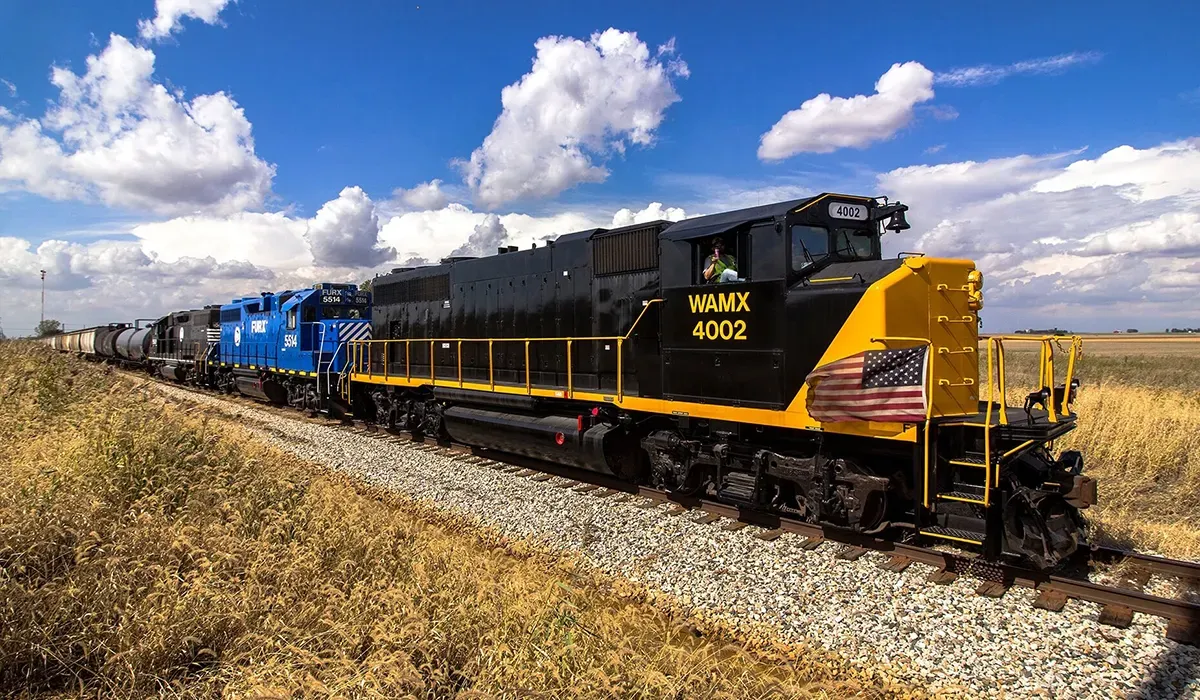

Eastern Idaho Railroad operates one of North America's most extensive shortline freight rail networks, connecting businesses across Idaho with safe, efficient, and environmentally responsible transportation solutions. The network covers approximately 270 route miles in south-central and southeastern Idaho, primarily transporting agricultural products such as potatoes, grains, and fertilizers, as well as forest products and industrial goods..
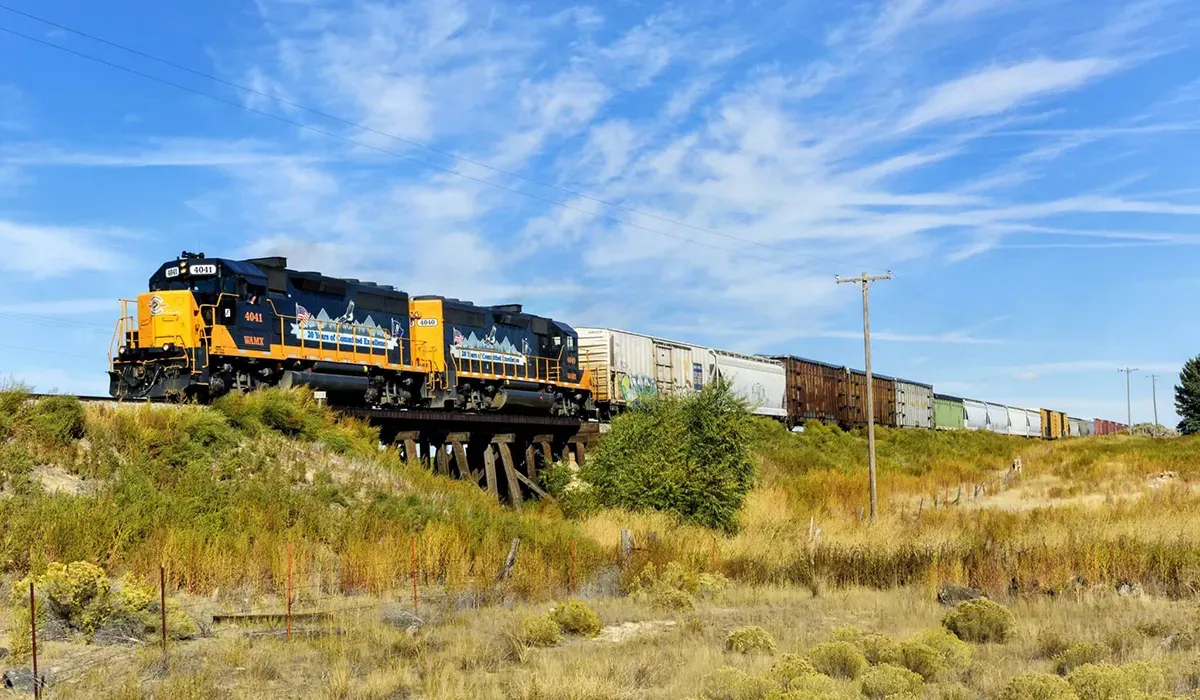
FOUNDING HISTORY & ORGANIZATIONAL STRUCTURE
The company was founded on November 21, 1993, by Watco Companies as a consolidation of former Union Pacific branch lines. Its original purpose was to maintain and grow local freight service on lines that Union Pacific no longer wished to operate, and there have been no major mergers since its inception..
HEADQUARTERS & OPERATIONAL BASES
The headquarters of Eastern Idaho Railroad is located in Rupert, Idaho. The facility serves as the administrative and operational center for the railroad, coordinating train movements, customer service, and maintenance activities across its two main clusters of track..
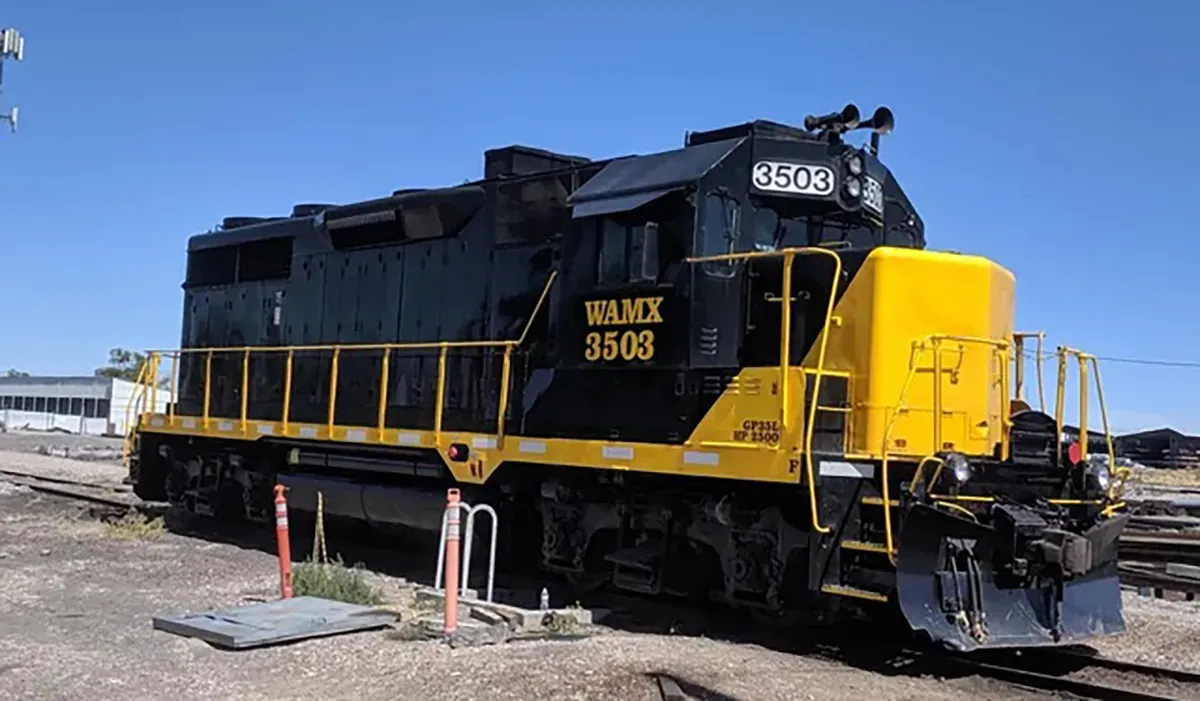
LEADERSHIP & EMPLOYEES
Dan Smith serves as CEO of Watco, the parent company of Eastern Idaho Railroad. The executive team includes leaders with extensive backgrounds in shortline and regional rail operations, safety management, and customer service. Key executives oversee operations, finance, and business development, ensuring the railroad maintains high standards of safety and efficiency while supporting local industries.
Eastern Idaho Railroad employs approximately 50 people, with about 40 serving as skilled craftspeople, maintenance workers, and service teams. The workforce is primarily local, and the company emphasizes operational safety and ongoing training for its employees.
FACILITIES & OPERATIONS
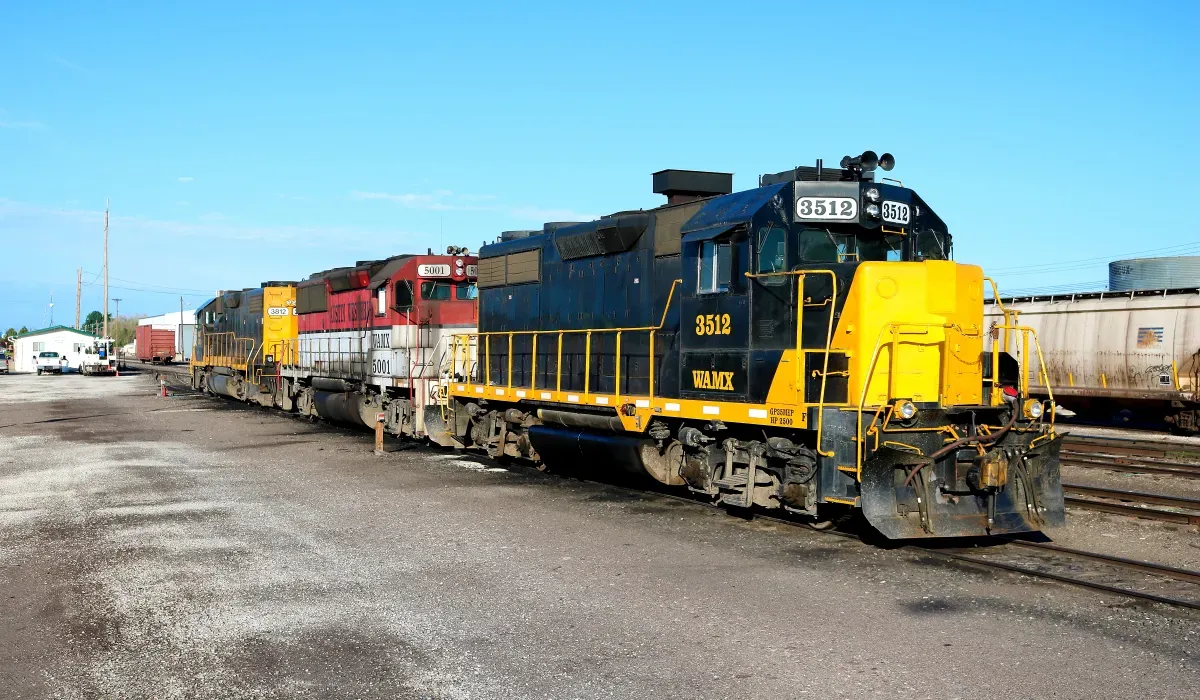
Major facilities include the main yard and administrative offices in Rupert, Idaho, as well as key terminals in Idaho Falls, Minidoka, and Burley. The railroad also operates significant facilities in Ashton and Rexburg, which support agricultural and industrial customers throughout the region.
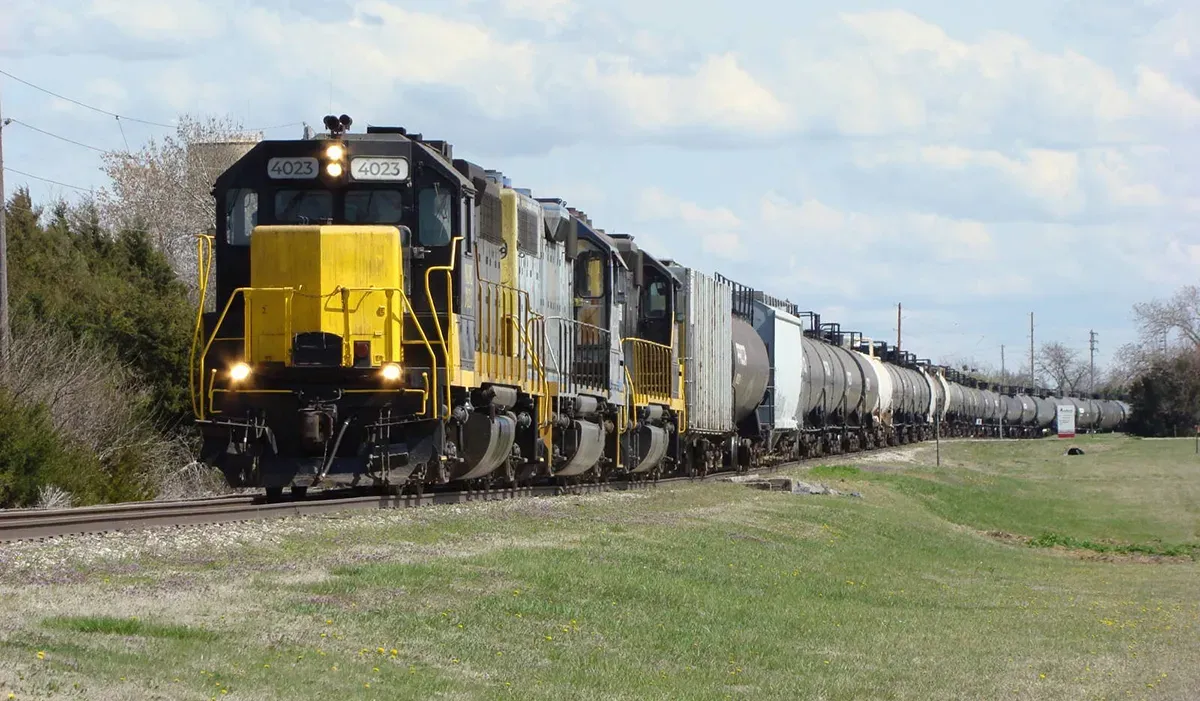
Eastern Idaho Railroad complies with all Federal Railroad Administration safety regulations and has received recognition for its safety record. The company participates in Watco’s broader safety and environmental programs, which include regular audits and training. While specific ISO certifications are not publicly listed, the railroad adheres to industry best practices for environmental stewardship and operational safety.
EQUIPMENT & INFRASTRUCTURE
The railroad handles a variety of freight cars, including boxcars for packaged goods, covered hoppers for grain and fertilizer, and tank cars for liquid commodities. Specialized refrigerated cars are used for potatoes and other perishables, with capacities tailored to minimize product damage during transit.
Eastern Idaho Railroad uses Watco’s centralized dispatching and tracking systems, which provide real-time train location data and shipment status updates. Customers have access to an online portal for shipment tracking, billing, and service requests, and the company is investing in automation technologies to further streamline operations.
The geographic scope of Eastern Idaho Railroad is limited to Idaho, with two disconnected clusters of track totaling about 270 miles. The northern segment connects with Union Pacific at Idaho Falls, while the southern segment interchanges at Minidoka, serving key corridors in south-central and southeastern Idaho.
Strategic partnerships include close working relationships with Union Pacific, which provides long-haul connections for EIRR’s customers. The railroad also collaborates with regional agricultural cooperatives, food processors, and logistics providers to ensure efficient supply chain integration.
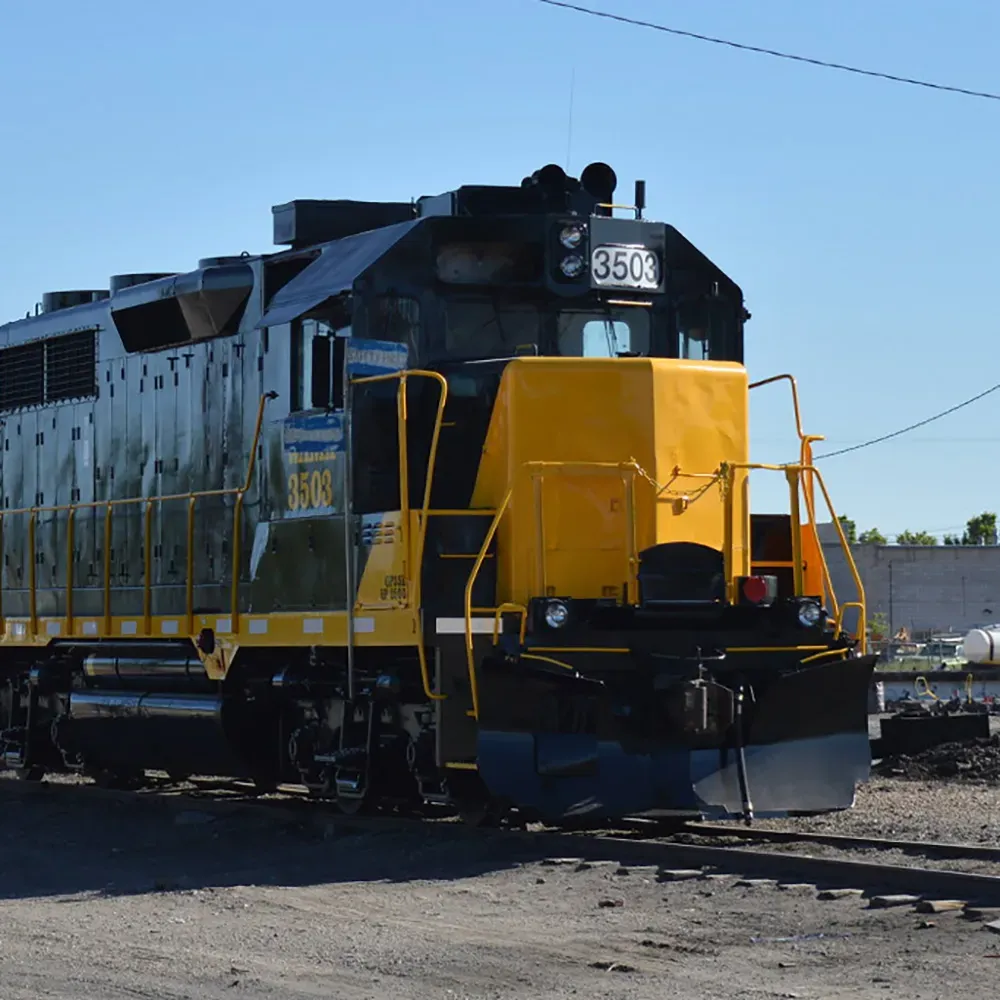
FINANCIAL METRICS & STABILITY
In 2024, Eastern Idaho Railroad reported a pre-tax profit of under $10 million on revenues of less than $25 million. The company’s operating ratio improved to approximately 80 percent, reflecting enhanced operational efficiency and cost control.
Recent capital investments include upgrades to track infrastructure and yard facilities, with expenditures exceeding $2 million in the past two years. There have been no major acquisitions since the railroad’s founding in 1993.
SERVICE PORTFOLIO

Eastern Idaho Railroad offers a range of logistics services, including full carload and less than carload shipments for agricultural, industrial, and forest products. Additional services include transloading, warehousing, and coordination with customs brokers for international shipments, as well as cargo insurance and trade compliance consulting for customers with specialized needs.

The railroad has launched a new customer portal to enhance self-service capabilities and improve day-to-day activities for its clients. Additionally, the company offers digital tools for shipment tracking and document management, and is developing API integration to facilitate seamless data exchange with customer systems.
INDUSTRY REPUTATION & NEWS
Eastern Idaho Railroad is actively working to enhance operational efficiency and service quality. The company has implemented new loading technologies for potatoes and other perishables, and is upgrading its locomotive fleet to improve fuel efficiency and reduce emissions.
Eastern Idaho Railroad’s Site Certification Program has identified optimal rail-served sites and conducts in-depth reviews to ensure readiness for development. This program aims to minimize development risks for customers and enhance supply chain efficiency.
ANALYSIS & FUTURE OUTLOOK